Sternum Pain
Last reviewed by Dr. Raj MD on January 12th, 2022.
Breast Bone Pain (Sternum)
Introduction:
Breastbone pain can be called various other things such as sternum or chest pain. It can even be confused at times with abdominal or rib pain.
This article will briefly describe the anatomy of the sternum bone as well as the chest wall. Then a brief discussion of the varying diagnosis which could cause breastbone pain.
Please note that any breastbone, chest or sternum pain should be reported to a physician because many of the possible causes could be life threatening.
Anatomy of the chest cavity and sternum:
Sternum anatomy
The sternum is made of three sections of bone tissue. These sections consist of the manubrium, body or corpus and the xiphoid process. The xiphoid process is the small bones seen at the tip of the sternum. The clavicle bones connect to the manubrium section of the sternum and the body of the sternum is where the ribs are connected. (1)
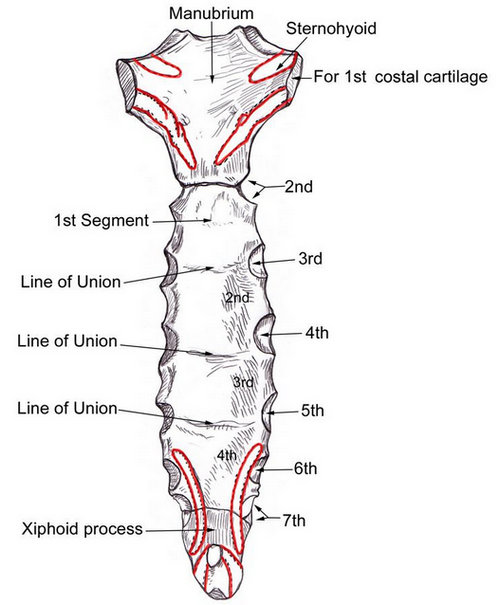
Image 1 : In this image, you can clearly see the three sections noted above. It also shows the connection point for each of the ribs.
Photo Source : img.medscapestatic.com
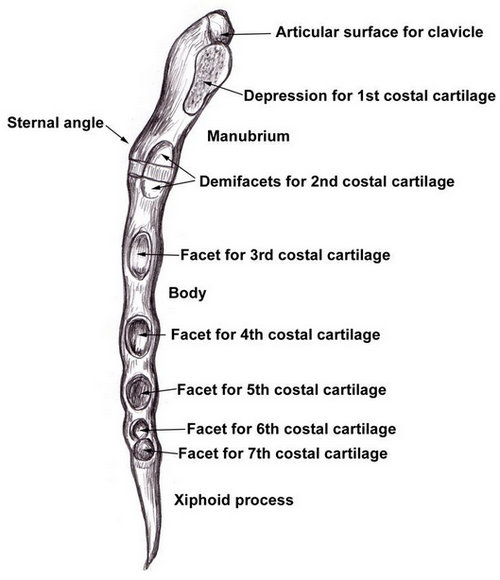
Picture 2 : This is the lateral view of the same sternum bone seen in image one. Here you can see more clearly the areas where the ribs connect.
Image Source : img.medscapestatic.com
Anatomy of the Chest wall
The chest wall is what provides the protection needed for the vital organs such as the heart, lungs, liver and the major vessels. It is also detrimental in the movement of the upper arms. It contains skin, muscle and fatty tissues.
The skeletal makeup of the chest wall includes the thoracic vertebrae, the ribs, and the sternum. The muscular makeup of the chest wall includes the intercostal, transverses, pectoralis, serratus muscles as well as their attachment ligaments. (12)
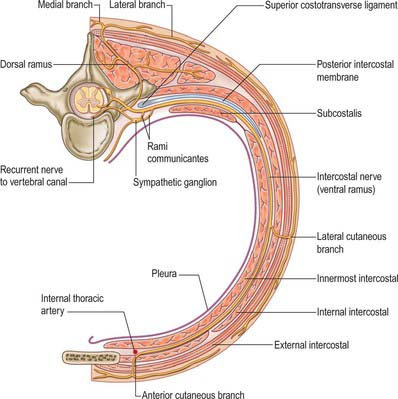
Figure 3 : This image was chosen to show the complexity of the chest wall.
Photo Source : clinicalgate.com
Possible reasons for Breastbone pain, Sternum pain or chest pain to consider when doing the differential diagnosis process:
Chest wall deformities
The most common chest wall deformity is funnel chest or pectus excavatum (PE). This can be mild or extreme and appears as if the sternum touches the back or spinal bones.
The pains specific to this diagnosis is sternum or costol area pain after exercise.
Specific treatment for chest wall deformities is reconstructive surgeries. This may not be necessary in all cases. (3,9)
Post-surgical wound infection or dehiscence:
Sternotomy is the most common access point in cardiovascular surgeries. If this incision gets infected the mortality and morbidity rate for cardiac surgeries decreases greatly. The patients most susceptible to sternal wound infection are elderly, those with diabetes, COPD or obesity as well as those who smoke or are taking steroid therapy.
The specific symptoms for this diagnosis are fever, sternal click, drainage or discharge from the wound and pain or discomfort in the incisional area.
The treatment needed for post-surgical wound infection is antibiotic therapy and frequent dressing changes. (4)

Image 4 : The opening in the sternal incision and the obviously infected tissue.
Photo Source : img.medscapestatic.com
Fracture:
Most chest bone fractures are due to trauma from a car accident. Using seat belts prevent most of these types of injuries. After learning the anatomy of the sternum you can locate the mid-body. This is the most common section noted in sternum fractures. Fractures in the manubrial area are the second most common. Stress fractures to the sternum are rare but can be seen in some athletic injuries.
The specific type of sternal pain in sternal fracture would be localized pain which increases with touch or pressure.
Frontal and lateral CT scans or radiographs must be taken to verify sternal fracture. Checking for aortic, cardiac, and or pulmonary trauma must be ruled out in a differential diagnosis of spinal fracture.
Treatment for sternal fractures usually is immobilization and prevention of further injury. If the fracture is complete then surgery may be necessary. (1,6)
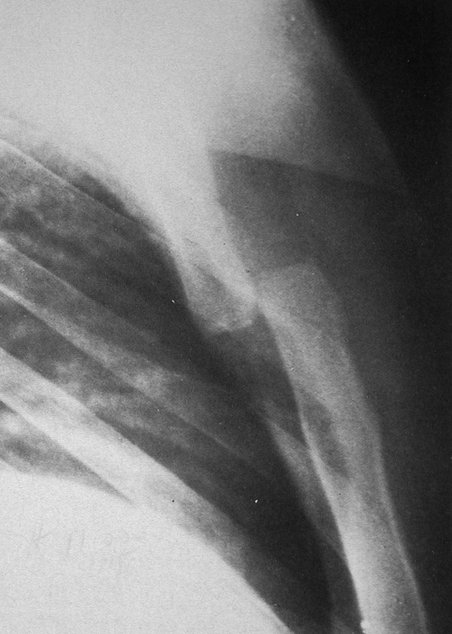
Picture 5 :This image shows a lateral radiography of a fractured sternum.
Image Source : img.medscapestatic.com
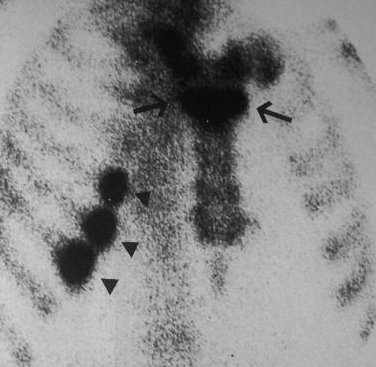
Figure 6 : The CT or radiography is not specific enough nuclear scans can be done to target specific areas.
Photo Source : img.medscapestatic.com
Slipping rib syndrome:
This condition comes from hypermobility of false rib cartilages on the anterior ends. This causes the rib to be able to slip out and in place which will lead to irritation.
This can cause the sternum or ribs to “pop.” Some have described this as sternum popping, clicking rib, interchondral subluxation, displaced ribs, nerve nipping, slipping rib cartilage syndrome, painful rib syndrome, traumatic intercostal neuritis, and even 12th rib syndrome.
The pain specific to this diagnosis is sometimes confused with adnominal or thoracic pain. (2)
Costochondritis:
Breaking down the word roots will lead us to understand that it is an inflammation (-itis) of the cartilage (chondral) in the area of the ribs (costo). It can also be called chest wall pain, costosternal chondrodynia and or costosernal syndrome.
The cause is often times unknown and treatment is targeted at the pain while the condition subsides. Prevention is also a key. The main causes of costochorditis are joint infections, arthritis, chest trauma or physical strain such as heavy lifting.
The specific pain noted in this diagnosis is expressed as sharp aching or pressure like pain which affects more than one rib. The pain may get worse if the patient takes a deep breath or coughs. (7)
Heart issues:
A heart attack is the first thing most people think of when chest pain is mentioned. Heart attack symptoms can vary greatly from each person. For the most part, you hear of people complaining of crushing chest pain and pain that radiates to the left shoulder and arm.
The pain can be mild or intense and can come and go in waves. Sometimes other symptoms can be noted such as nausea and vomiting or shortness of breath. Please see chest pain first aid below.
Another common cardiac issue that will cause chest pain is pericarditis. This is inflammation of the lining of the heart. The most common type of pain is characterized as sharp or stabbing and decreases when the patient sits up or leans forward.
This chest pain could also be accompanied by fever but this is not always the case. (8,10)
Chest Pain First Aid
Any time chest or sternum pain is felt first aid for a heart attack should be taken into action. If there is even the slightest notion that heart attack may be the cause be sure to take the following steps:
- Call 911
- Take an aspirin
- If the affected person is prescribed nitroglycerin they should take their dose.
- If the person is unconscious you should start CPR.
- If there is an AED (automatic external defibrillator) close by then use it. (8,10)
References
- http://emedicine.medscape.com/article/396211-overview
- http://boards.medscape.com/forums/?128@@.2a7cd886!comment=1
- http://emedicine.medscape.com/article/906078-overview
- http://emedicine.medscape.com/article/1894058-overview#a5
- http://boards.medscape.com/forums/?128@@.2a8040eb!comment=1
- http://emedicine.medscape.com/article/826169-overview
- http://www.mayoclinic.org/diseases-conditions/costochondritis/basics/definition/con-20024454
- http://www.mayoclinic.org/first-aid/first-aid-chest-pain/basics/art-20056705
- http://www.mayo.edu/research/clinical-trials/cls-20152416?_ga=1.83965785.1717306767.1484667538
- https://www.ncbi.nlm.nih.gov/pubmedhealth/PMHT0023216/
- https://www.nhlbi.nih.gov/health/health-topics/topics/peri/signs
- http://emedicine.medscape.com/article/2151800-overview